3D joint T1/T1?/T2 mapping and water-fat imaging for contrast-agent free myocardial tissue characterization at 1.5T
Revista : MAGNETIC RESONANCE IN MEDICINEVolumen : 93
Número : 6
Páginas : 2297-2310
Tipo de publicación : ISI Ir a publicación
Abstract
Purpose To develop a novel, free-breathing, 3D joint T-1/T1(rho)/T-2 mapping sequence with Dixon encoding to provide co-registered 3D T-1, T1(rho), and T-2 maps and water-fat volumes with isotropic spatial resolution in a single approximate to 7 min scan for comprehensive contrast-agent-free myocardial tissue characterization and simultaneous evaluation of the whole-heart anatomy. Methods An interleaving sequence over 5 heartbeats is proposed to provide T-1, T1(rho), and T-2 encoding, with 3D data acquired with Dixon gradient-echo readout and 2D image navigators to enable 100% respiratory scan efficiency. Images were reconstructed with a non-rigid motion-corrected, low-rank patch-based reconstruction, and maps were generated through dictionary matching. The proposed sequence was compared against conventional 2D techniques in phantoms, 10 healthy subjects, and 1 patient. Results The proposed 3D T-1/T1(rho), and T-2 measurements showed excellent correlation with 2D reference measurements in phantoms. For healthy subjects, the mapping values of septal myocardial tissue were T-1=1060 +/- 48ms, T1 rho=48.1 +/- 3.9ms, and T-2 =44.2 +/- 3.2ms for the proposed sequence, against T1=959 +/- 15ms, T1(rho)=56.4 +/- 1.9ms, and T-2 =47.3 +/- 1.5ms for 2D MOLLI, 2D T1 rho-prep bSSFP and 2D T-2 -prep bSSFP, respectively. Promising results were obtained when comparing the proposed mapping to 2D references in 1 patient with active myocarditis. Conclusion The proposed approach enables simultaneous 3D whole-heart joint T-1/T1(rho)/T-2 mapping and water/fat imaging in approximate to 7 min scan time, demonstrating good agreement with conventional mapping techniques in phantoms and healthy subjects and promising results in 1 patient with suspected cardiovascular disease.




 English
English
